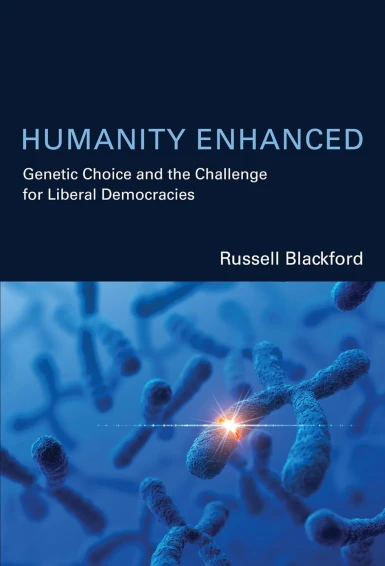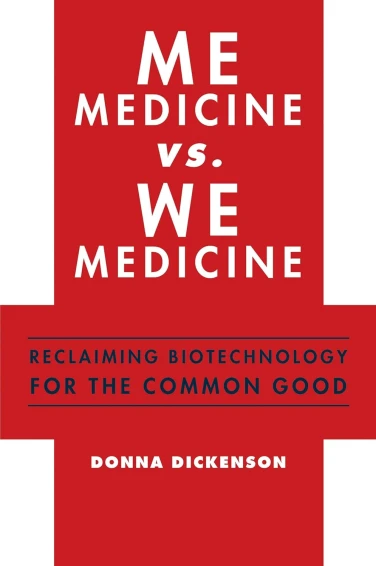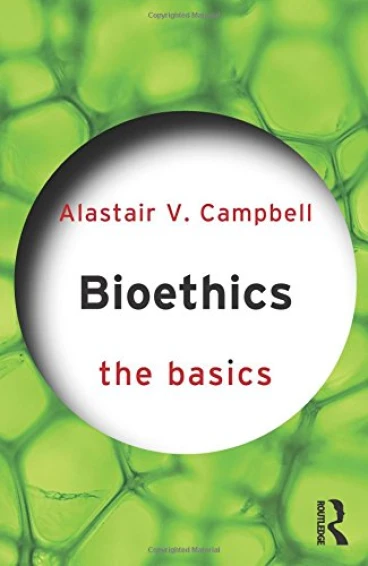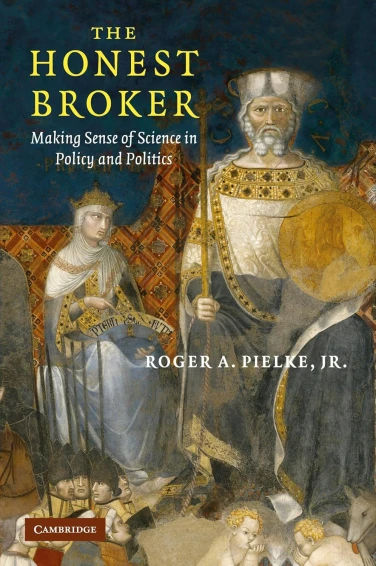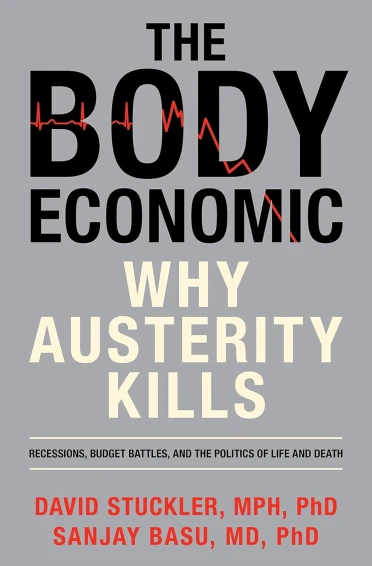
Charles Camosy
CUP 2012
RRP: (Hb) £50.00 and (Pb) £18.99
Here is a first – an attempt to find common ground between the world champion of preference utilitarianism, Prof Peter Singer and the global bastion of natural law ethics, the Catholic church, which is both scholarly and yet full of surprises and of interest to ethicists in general and not just those in the camps at the heart of the analysis.
And here’s another first – the author, a Catholic professor of theology at Fordham University, New York gets a cover commendation from the very man he puts under the spotlight – “despite the deep disagreements between us, I regard (this book) as a valuable contribution to philosophy in general and applied ethics in particular” sings Singer, Prof of Bioethics at Princeton. Certainly readers who are only acquainted with the media stereotypes of Catholicism and Singer will find much here to challenge their previous complacencies about what both believe.
Outline of the Book
In the introduction, Camosy takes as his starting point the position that the mutual rejection of each other’s views by Singer and Christian ethicists stems largely “from a kind of ignorance which comes from defining oneself in opposition to another” (p. 7) which precludes or at the very least severely restricts serious engagement. Camosy’s thesis is that actually such differences as there are between the two camps are relatively narrow and there is scope for “working together on many important issues of ethics and public policy” (p. 7); he goes on to justify this claim by examining in detail four specific areas of applied bioethics followed by a chapter examining ethical theory and a particularly intriguing final one entitled ‘Singer’s Shift?’. I will only here have space to outline Camosy’s findings but the book is exhaustively referenced to support them and Singer’s own endorsement of the book is a powerful indicator of their accuracy.
Human Life
The first chapter looks at abortion – not a promising starting point one would have thought to try and find any common ground between Singer and Catholicism; however Camosy manages even here to find significant overlap, both in premises and conclusions between Singer and Catholic and indeed broader, Christian teaching.
Both Singer and Catholicism hold that the intentional killing of persons constitutes a serious wrong, both legally and ethically. Furthermore they also agree that the claim that abortion rights are part of a broader right to privacy are spurious since such rights can only be claimed when they do not result in harm to an ‘other’ – which is precisely the point that needs to be proven before applying such rights to abortion. Despite disagreement over whether the fetus is an ‘other’ both sides also agree that governments should focus on changing those social factors which drive women to seek abortions and that the law on abortion in the US should not be constitutional but left to local legislatures for each state. Finally though they differ sharply on the moral status of the fetus and hence on the morality of abortion, both sides show consistency of extending such views to the moral status of the newborn infant and infanticide with Singer supporting the latter and Christian ethic rejecting it.
Even with respect to the issue of the moral status of the fetus, Camosy notes that both sides reject speciesism and that there is also agreement that passive potential or considerations of mere probability are not sufficient to make ‘persons’.
Moving to the end of life, Singer and Catholicism both agree that that the definition of death for a human is primarily a philosophical issue about “who she is (or was) and why she is no longer there” (p. 57), whereas empirical definitions of death can only determine the clinical signs, tests or criteria which separate life and death. This leads Singer and Catholicism to have a mutual suspicion about the moral integrity of the widely accepted concept of brain death. Singer considers “the idea that someone is dead when their brain is dead is, at best rather odd” (p.46) and confuses the two distinct concepts of being alive as a person and being alive as a member of the human species. Though Catholicism firmly rejects personhood as a criterion for decisions about ending human lives it shares Singer’s skepticism about declaring a brain dead individual (who may well be biographically dead) as biologically dead.
With regard to treatment decisions at the end of life, Camosy is keen to nail the myth that Catholics aim to preserve human life at all costs. Both Singer and Catholics would agree that in the case of those correctly diagnosed as brain dead, it would be ethical to turn of the ventilator– Singer because it is a waste of valuable resources on a ‘non–person’, and Catholics because the burden of the treatment outweighs the benefit to the patient and removing ventilation, though it foresees death does not primarily intend death but to remove burdensome treatment. Camosy also argues, again in agreement with Singer, that it may in some circumstances be ethically permissible to withdraw tube feeding from patients in a persistent vegetative state.
Another area of ethical importance in human life is the question of duty to alleviate poverty and here “the similarities between the two approaches are striking” (p. 137). Both Singer in his famous “drowning child” thought experiment and Jesus in his even more well–known parable of the ‘Good Samaritan’ demonstrate we have a moral duty to provide aid to those who need it. Moreover Singer and Catholicism go further in claiming it is morally wrong not to provide such aid – that giving aid is not just a question of being charitable but a matter of moral duty. Camosy even parallels Singer’s responses in ‘How are We to Live: Ethics in an Age of Self–Interest’ to four objections to this claim with similar statements from various Vatican pronouncements and shows how Christians generally could should work together with Singer in achieving his objectives of identifying and connecting with victims of poverty and creating a culture of generous giving. He then outlines some differences of viewpoint with Singer concerning issues of impartiality and partial preferences in giving aid and concludes by suggesting that Singer’s concept of poverty might be usefully widened from a consideration of purely material needs to encompass inability to participate in society as another form of poverty on which we have a moral duty to act.
Animal Welfare
Peter Singer has long been a champion of animal rights whereas the Christian Church has been viewed not only as indifferent to them, but as part of the problem– not least by Singer himself who ‘thinks that the Christian tradition is radically ‘speciesist’ ‘ (p. 84) with its emphasis on human domination of the rest of the animal kingdom. Whilst Camosy is keen to emphasise the often unrecognised pro–life track record of Christians with regard to animal life, citing those such as Lord Wilberforce, a founding member of the RSPCA, Anthony Ashly Cooper, Harriet Beecher Stowe and even the current Pope, he also acknowledges the huge importance of Singer’s work in this area. Large swathes of Singer’s accounts of the factory farming measures of debeaking poultry and the tail–docking of pigs are quoted to illustrate how important his work is in seeking to reform such inhumane practices.
Nevertheless Camosy paints an alternative picture of contemporary and historic Christianity’s approach to animal welfare and ecology in general from the one Singer portrays. He also sympathetically discusses Singer’s well known views that some animals have arguably more justification to be considered as persons than some members of the human species.
Despite ultimately disagreeing with Singer on the issue of animals being persons, even though they could ‘also be described as persons in some limited sense’, Camosy urges that “the massive scale on which our culture inflicts overwhelming cruel practices on non–human animals cries out for a partnership between Christians and Singer..” (p. 134).
Ethical Foundations and Singerian Evolution?
The penultimate chapter is a highly technical consideration of how Singer’s preference utilitarianism’s consequence–based reasoning and Catholicism’s rules –based reasoning might be reconciled. Indeed he shows that even at the roots of their thinking these two views do have overlap with examples of how consequences do play an important role in Catholic teaching and how Peter Singer’s two–level preference utilitarianism which he adopted from this mentor R. M Hare intrinsically incorporates rules based on intuitive reasoning. Camosy shows clearly that Singer shares many of the rules Christians uphold such as not killing persons, upholding the needy and telling the truth and suggests that Catholicism shares “much consequentialist reasoning about the universal common good and destination of goods that would determine whether a rule should be followed or broken in a given situation.” (p.192)
The final chapter is the most fascinating of all, in which Camosy sketches what he perceives as a definite shift in Singer’s thinking, namely his new openness, due to the influence of Derek Parfit, to the objectivity of practical reason in grounding ethical thought.
For most of his career, Singer has held to David Hume’s view that reason being ‘the slave of the passions’ and concerned with means and not ends is incapable of moving us to moral action. ‘’What we desire is neither rational nor irrational, it just is’’. As Hume put it in his Treatise on Human Nature, ‘It is not contrary to reason to prefer the destruction of the whole world to the scratching of my finger.’ Derek Parfit, however in his new work, On what Matters, argues contra Hume, that someone who dislikes pain but discounts pain on Tuesdays, makes an objectively irrational preference in choosing severe pain on a Tuesday over mild pain on a Monday. Singer agrees with Parfit and so now needs to find grounding for such objectivity. At present, Singer along with Parfit, grounds such objectivity in rational intuition in the same sort of way we come to see that two plus two equals four.
Camosy considers however that “once one opens the door to objectivity in one’s moral theory it is quite difficult to limit its place” and he concludes with some challenges to Singer to shift his position yet further. In the final chapter of Practical Ethics Singer agrees with Sidgwick that “we could show that it rational to act morally by showing that it is in our long–term interests to do so”. For Singer, these long term interests boil down to a happiness which consists of choosing a coherent life of meaning which goes beyond the mere satisfaction of preference of the moment, however enjoyable they may be. Singer’s connection of this understanding of happiness with the reason one should be ethical in the first place, is very similar suggests Camosy to the Christian grounding of ethics in human purpose as outlined in Jean Porter’s Nature as Reason. Singer even agrees with Christianity in being as much concerned about the happiness of others as about the happiness of the agent. Just as Christ commended us to “love our neighbours as we love ourselves”, so Singer suggests that we are “not able to find full satisfaction by deliberately setting out to enjoy ourselves without caring about anyone or anything else”.
Grounding our ethics in rational intuition however only takes us so far. “After all, one person’s justified intuition is another’s absurdity” (p. 238). Can we really speak of any objectivity in values at all without probing further as to why some things are valuable and what grounds their value? These questions, Camosy teases, “get us into deep metaphysical waters. Could Singer swim out that far?” (p. 238). He thinks Singer is already a long way from the shore. In reply to those seeking to locate moral value in non–sentient beings Singer states – “In the case of both plants and machines, it is possible to give a purely physical explanation of what the organism or machine is doing…”. Is Camosy going too far in suggesting that a “clear implication of this claim is that …we cannot give “a purely physical explanation” of what a conscious being is doing. One wonders what the non–physical explanation might be”(p. 239). Camosy clearly hopes that in tempting him into deeper waters, Singer may go “off the deep end into theism”(p. 240). Whether or not that is a logical necessity for anyone, let alone likelihood for Singer, is of course open to debate but with regard to Singer as recently with Anthony Flew, if it happens, we are sure to hear about it.




